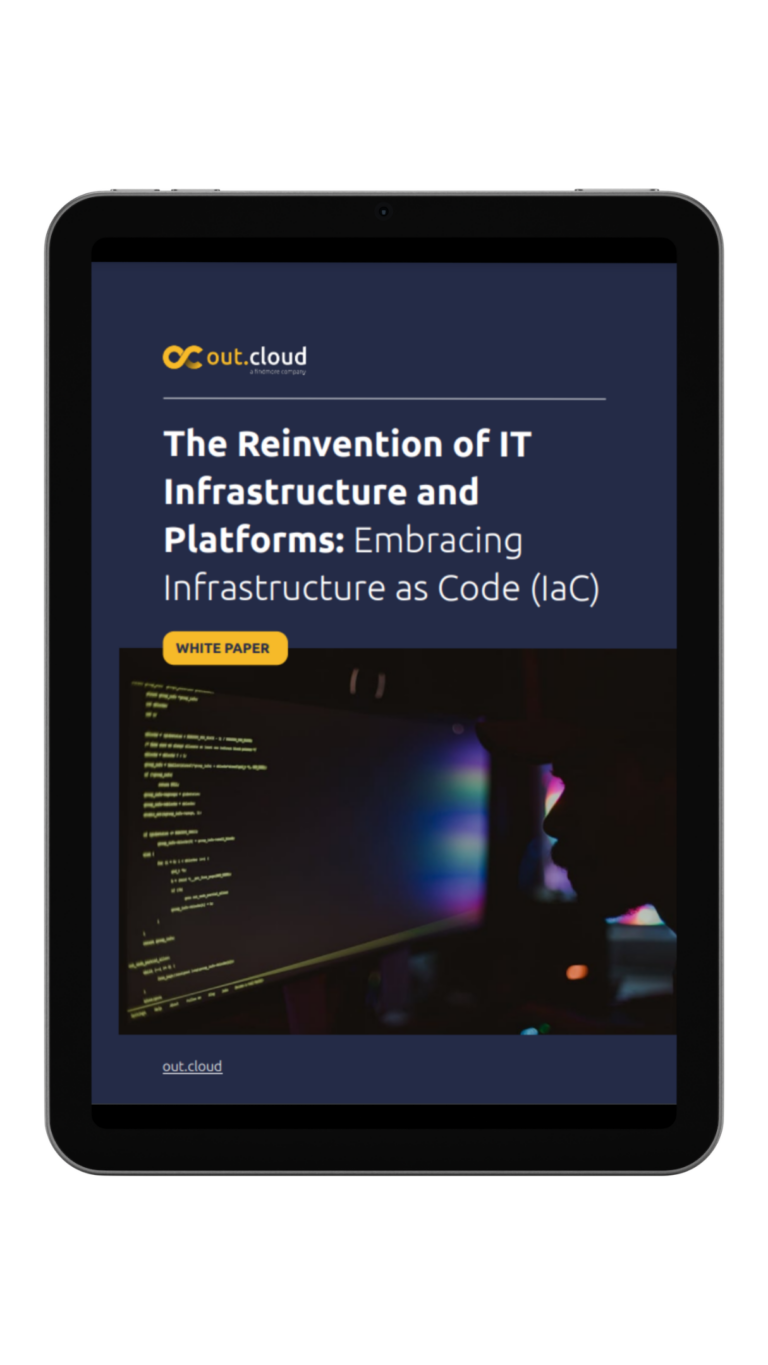The truth about the public cloud.
Myths can be quite entertaining, comprising of stories of gods, supernatural humans, and beings that can only be found in our imagination. However, when myths cross over to the IT industry, the amusement stops real fast, with good reason.
Cloud computing has been around for many years, but only recently has it taken on steam, and companies are increasingly realizing its benefits and business advantages. More than ever, there is a constant growth of cloud services. As technology and companies’ needs evolve, so do misconceptions of what a public cloud is and what can it provide and the overall legitimacy of the service. The potential of the cloud is immense, yet, myths about cloud costs, security, and strategies can prevent organizations from experiencing not just better results but easier work methodologies and efficiency. Although myths are amusing, misbeliefs can spread like wildfire.
To clear the air and push aside false notions of public cloud stories, follow us on this debunking quest!
On-premises costs are always lower
Our journey starts with a common topic: is on-premises a cheaper solution? When it comes to maintenance costs, cloud providers are responsible for upgrades, patching, and maintenance while you are responsible for your on-premises servers, and what comes with it, such as labor costs and performance. With a public cloud service, IT security tools are provided, reducing costs. On the other hand, the on-premises approach demands security investment and when it comes to scalability – the end goal of any company – the on-premises solution involves buying hardware, installing it, having the physical space, and of course, constant maintenance to secure your investment. A public cloud translates into low maintenance. Your cloud provider is responsible for all maintenance of software, hardware, and overall network. Your business doesn’t need to spend time worrying about the infrastructures, but customers must still assume management and responsibility for the guest operating system, such as security updates, among others. In short, investment is needed but the cloud can be a cheaper long-term option. It all depends on several factors and of course, on your business needs.
The technology is too recent. We can’t trust it just yet.
In reality, according to TIME Magazine, the concept of cloud technology has been around since the 1950s, being used in universities and businesses for decades now. Cloud computing evolved over the years to what we know today. What started as “time-sharing” for computers is now cloud technology.
There is only one cloud
That’s like saying there is only one brand of cereal. There are plenty of cloud providers which in turn have their own separate cloud infrastructures. There are also different cloud services, such as the ones that Out.Cloud, an Amazon Web Services (AWS) partner, provides.
A public cloud is less secure than an on-premises solution.
This is another very common and very untrue statement. There is an inaccurate associated idea of the word public with weak. Some big-name public-cloud providers on the market, such as AWS and Microsoft, are incredibly focused on security, investing millions on software and best practices that posteriorly cause a positive ripple effect on the entire industry. Top security software is constantly being developed to prevent any intrusion or loss of data and at Out.Cloud, we keep up to date, with the best technologies and security resources. Nonetheless, even though a public cloud is packed with security measures, it’s a shared responsibility. As said previously, costumers also have obligations.
Data on the cloud is public
The word public is thrown around a lot when the topic is the public cloud. Once again, there’s a wrong idea of what public means in the cloud. A cloud network comprises several remotes servers that can be accessed throw the internet, however, this does not imply that is always on the internet. The internet is made of millions of connections set in a global network, but clouds aren’t consequently connected. Users have gained a wrong idea, assuming that data stored in the cloud is not private. Keep in mind that a paid public cloud service has strong privacy and security measures in place. After all, protection is part of the business model and the key feature of any provider.
The cloud is becoming an increasingly powerful tool, providing major advantages for businesses. By overlooking the myths and focusing only on the facts of the cloud, you’ll be able to determine the different benefits that the cloud can offer you.






